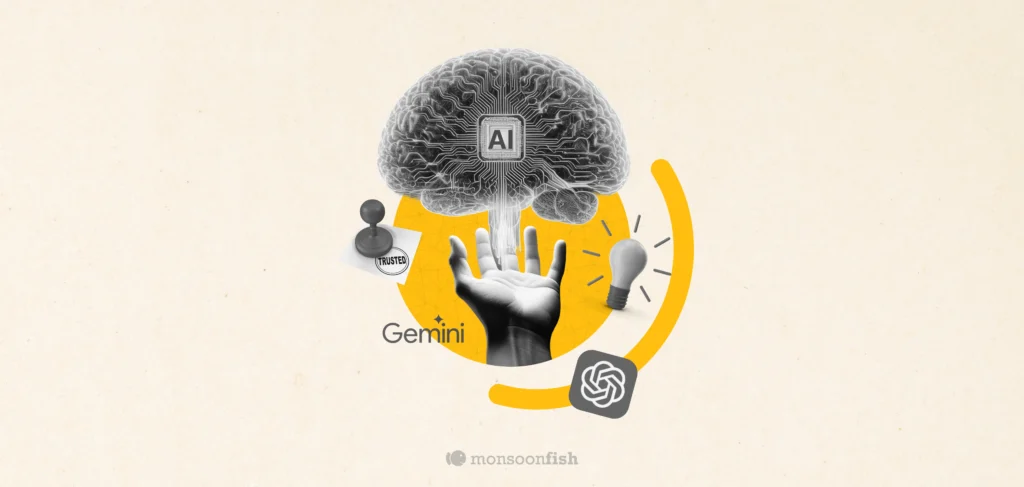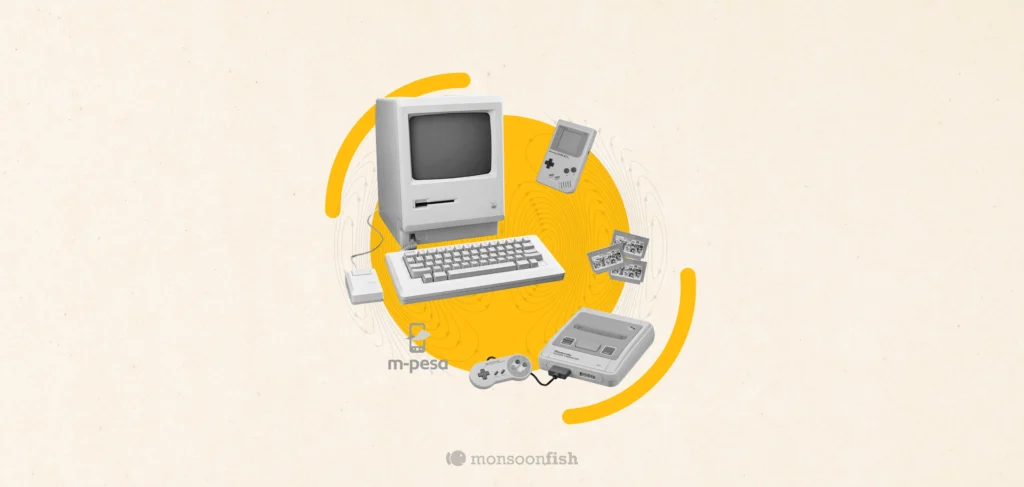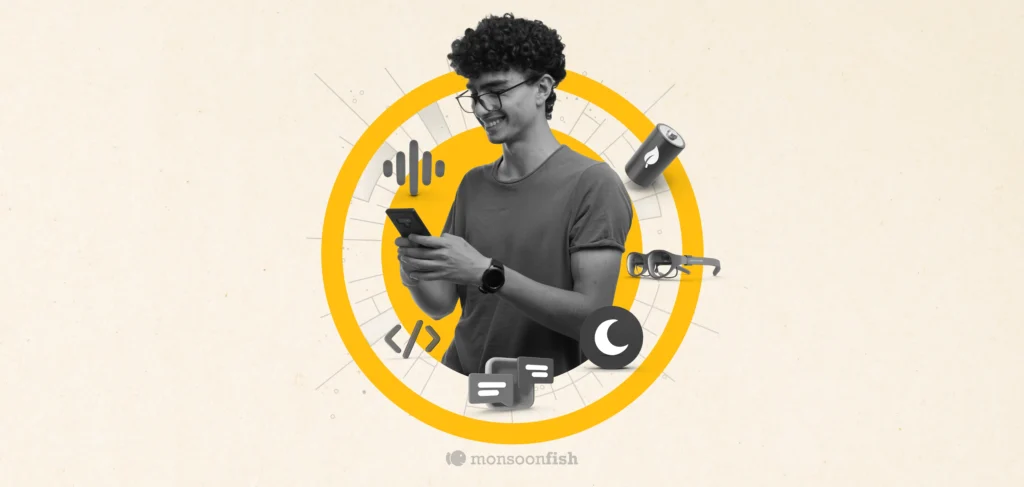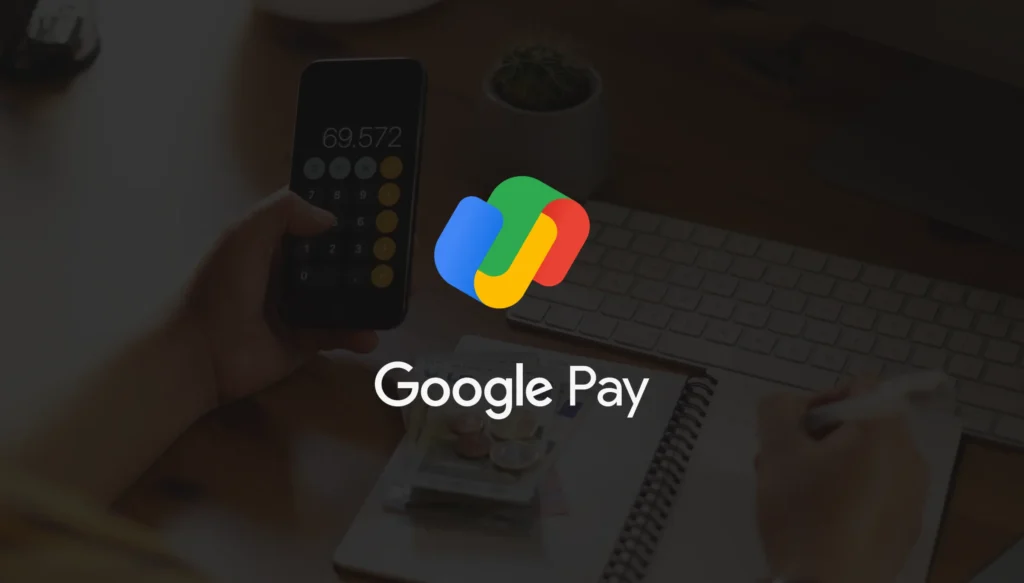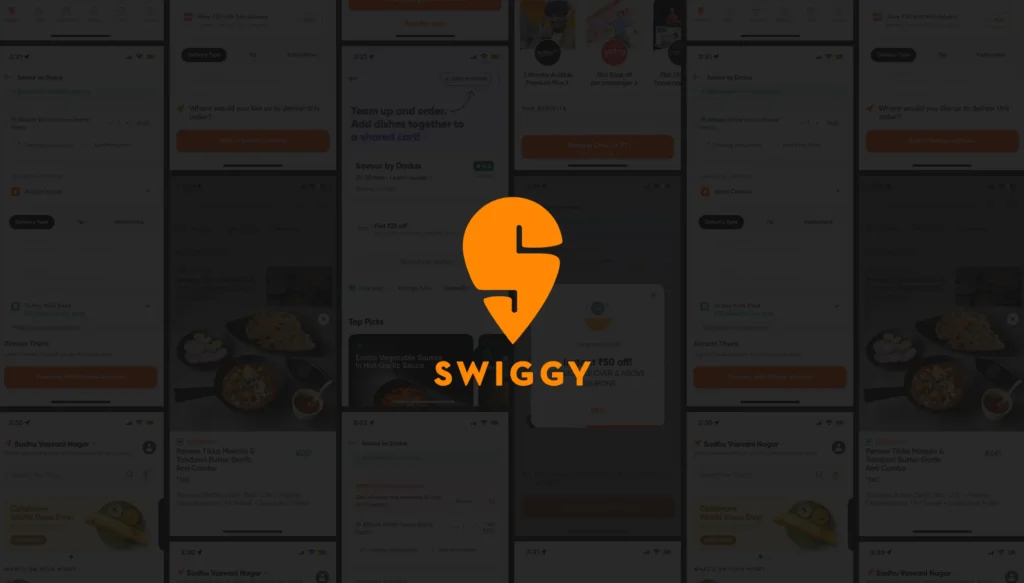How to achieve disruption through design?
Understanding consumer is extremely challenging in the evolving world. So, how do you achieve disruption through design? Read on to know!
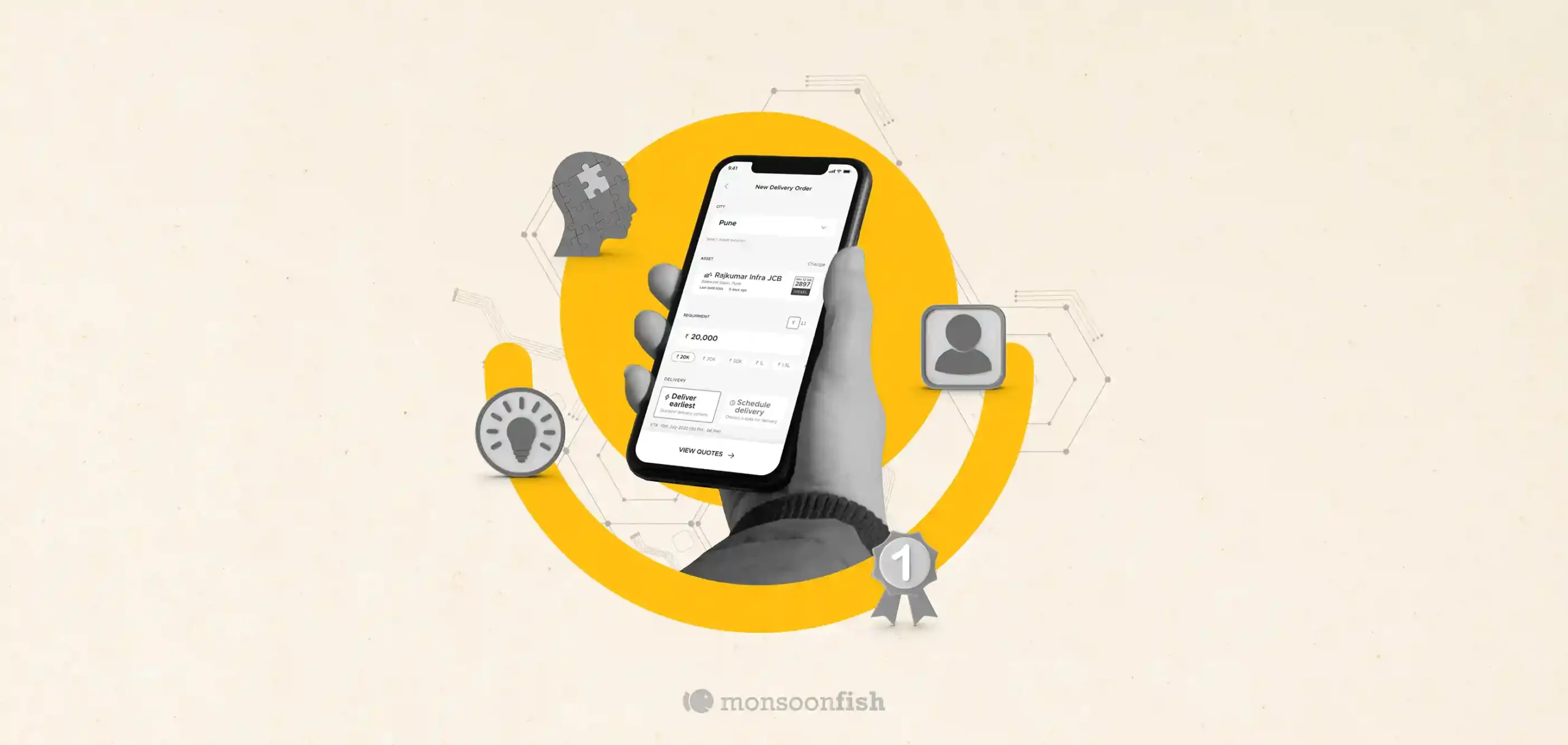
Let’s begin with a simple question. What is ‘design’ in today’s context?
Design has evolved from putting aesthetics into functionality, to championing the case of users. Simply put, it is converting an insight into a solution, product or even a feature. The key word here is insight. The pace and direction in which we are evolving, the behaviour and psychological models built in the last century are breaking down. Understanding consumers’ behaviour, their needs and wants in the evolving world is extremely challenging. Design consists of understanding this behaviour, gathering insights from it and turning them into solutions and products.
There is no disruption without Design
Technology has been a driver of growth in our era. Add tech to anything and you suddenly become cutting-edge. The truth is, technology is universal, while design is personal. Tech enables, while design humanises. Our growing expertise of tech has enabled many of the inventions and innovations we see around us. Yes, enabled. True disruptor, has always been design. In a world as competitive as ours, the products you see in the market all use more-or-less similar underlying tech. What makes one stand out from another, is the way they approach their users, how well they enable people to use the underlying tech and how deeply they understand the people who will use their products.
If you take Slack and Microsoft Teams, for example – there is little difference in their capabilities. However, what is different is how well Slack knows the use-case of office communication, how well they have adapted everything from their UI, Integrations and even copywriting to their target users. Slack is not just aiming to disrupt the chat market – it is already disrupting email!
As far as companies where design and user experience is at the core of how they develop their product, Swiggy is a great example. Logistics, Tech expertise and marketing savvy is common ground for all delivery operators, but where Swiggy has differentiated itself is its uncanny user understanding. The POP feature is one of the prime examples of putting users first – it was born out of simple insights such as choosing lunch meals every afternoon being a chore for professionals. These factors are what disrupt a marketplace and lend a product or company an exponential lead among competitors.
How can you use disruptive design in your everyday process?
Let’s circle back to what I mentioned earlier. Insights. That’s the base of any product, solution or feature development process. For eg, we were once working with a hyper-local startup, JARS, aiming to solve its consumers’ grocery shopping needs. We realized in our user tests and competitive research that the most important factor for consumers buying items like groceries was to get a good deal! The key insight here? Everyone loves a good deal. So we turned the product on its head. Introduced a whole-sale based bidding system that ensured that all users, always, get a good deal!
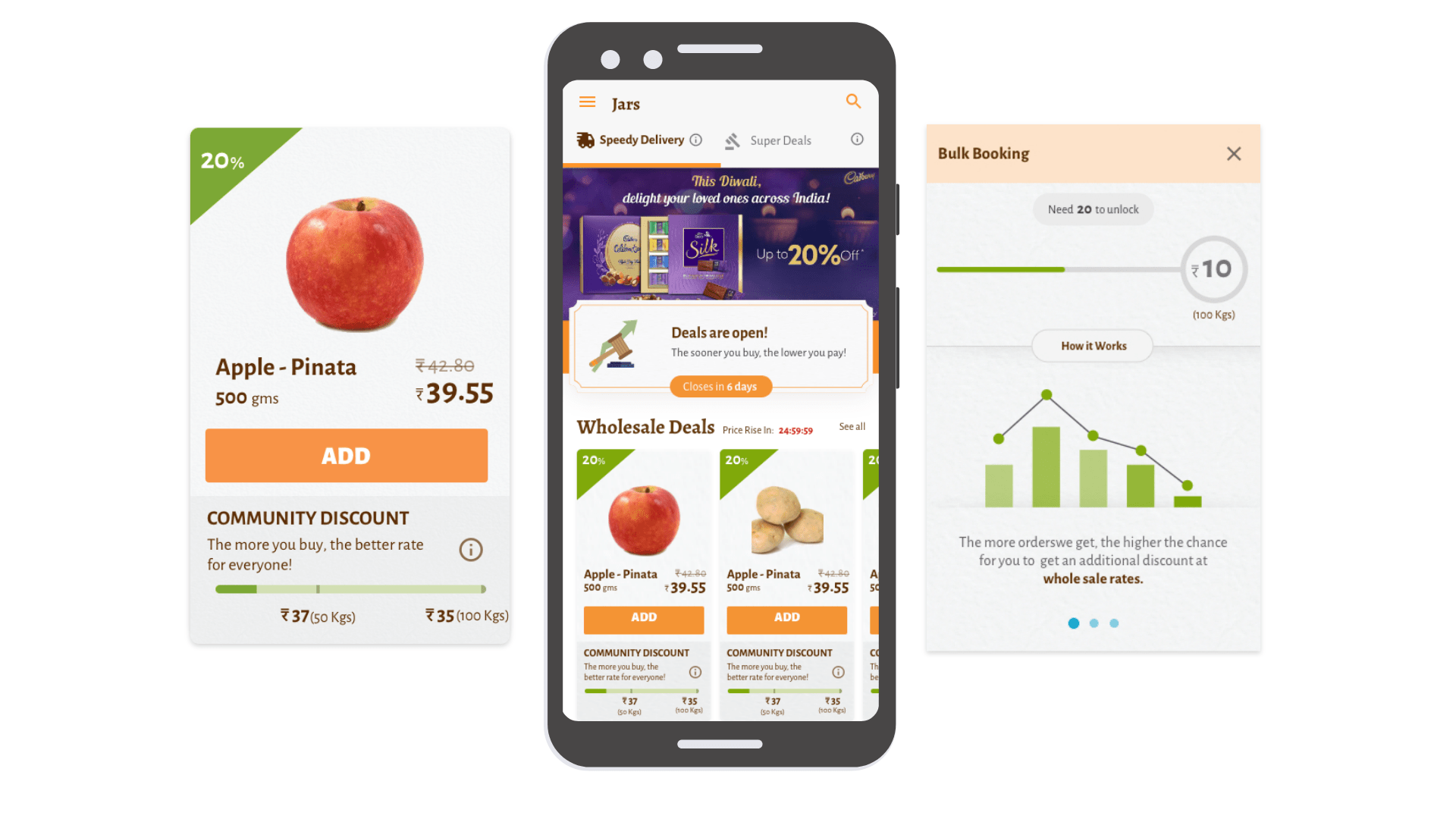 Design, at its best, can change business models and transform products.
Design, at its best, can change business models and transform products.
It can disrupt a marketplace.
CATEGORIES
